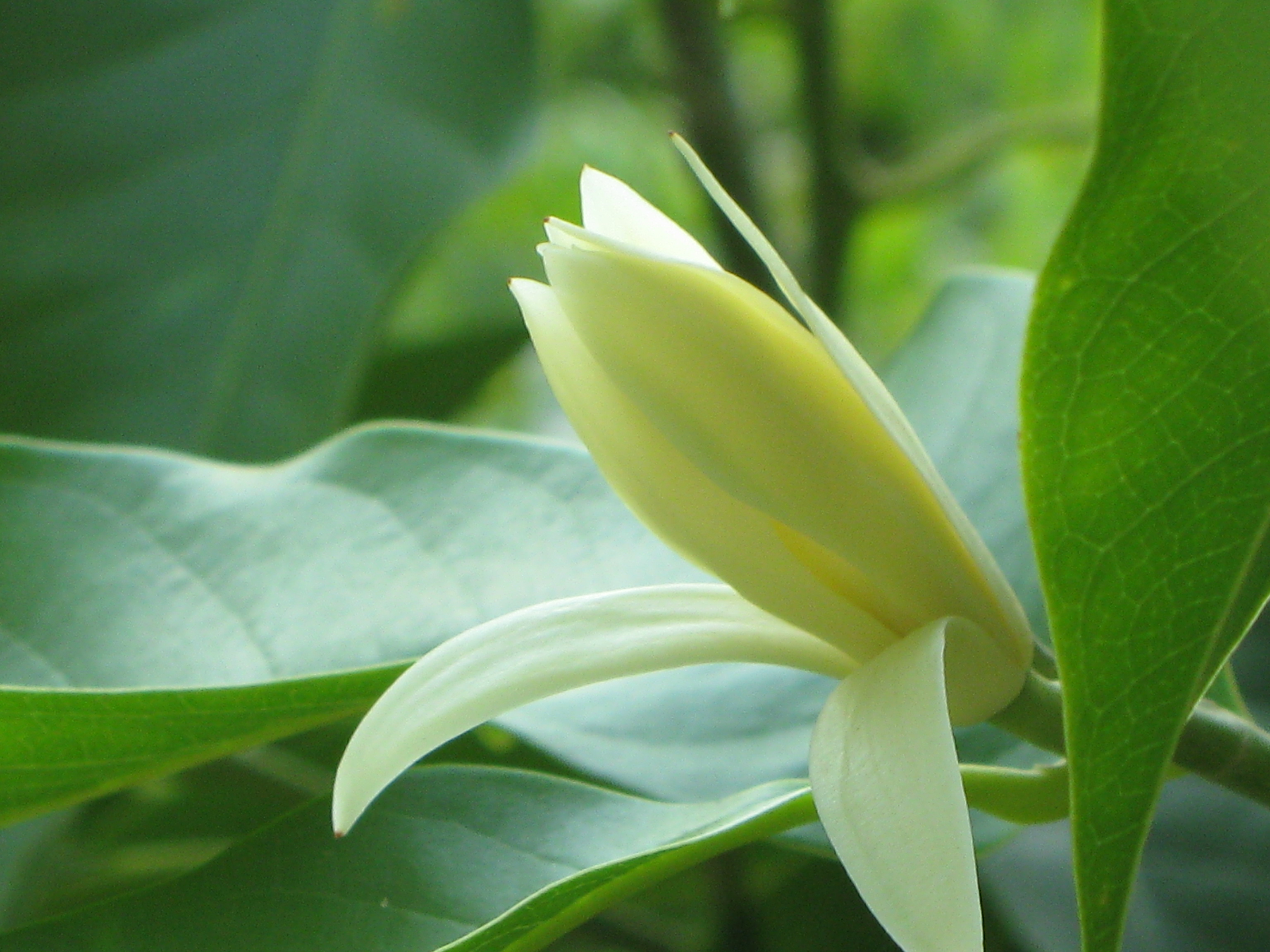|
Kason
Kason ( my, ကဆုန်; mnw, ပသာ်) is the second month of the traditional Burmese calendar. Festivals and observances *Vesak, Full Moon of Kason () ** Bodhi tree, Bodhi Tree Watering Festival () Kason symbols *Flower: ''Magnolia champaca'' References See also *Burmese calendar *Festivals of Burma {{Burmese months Burmese culture Months of the Burmese calendar ... [...More Info...] [...Related Items...] OR: [Wikipedia] [Google] [Baidu] |
Burmese Calendar
The Burmese calendar ( my, မြန်မာသက္ကရာဇ်, , or , ; Burmese Era (BE) or Myanmar Era (ME)) is a lunisolar calendar in which the months are based on lunar months and years are based on sidereal years. The calendar is largely based on an older version of the Hindu calendar, though unlike the Indian systems, it employs a version of the Metonic cycle. The calendar therefore has to reconcile the sidereal years of the Hindu calendar with the Metonic cycle's near tropical years by adding intercalary months and days at ''irregular'' intervals. The calendar has been used continuously in various Burmese states since its purported launch in 640 CE in the Sri Ksetra Kingdom, also called the ''Pyu era''. It was also used as the official calendar in other mainland Southeast Asian kingdoms of Arakan, Lan Na, Xishuangbanna, Lan Xang, Siam, and Cambodia down to the late 19th century. Today, the calendar is used in Myanmar as one of the two official calendars alo ... [...More Info...] [...Related Items...] OR: [Wikipedia] [Google] [Baidu] |
Vesak
Vesak (Pali: ''Vesākha''; sa, Vaiśākha), also known as Buddha Jayanti, Buddha Purnima and Buddha Day, is a holiday traditionally observed by Buddhism, Buddhists in South Asia and Southeast Asia as well as Tibet and Mongolia. The festival commemorates the birth, enlightenment (Nibbāna), and death (Parinibbāna, Parinirvāna) of Gautama Buddha in Theravada, Tibetan Buddhism and Navayana. The name ''Vesak'' is derived from the Pali term ' or Sanskrit ' for the lunar month of Vaisakha, which is considered the month of Buddha's birth. In Mahayana Buddhist traditions, the holiday is known by its Sanskrit name (Vaiśākha) and derived variants of it. In the East Asian tradition, a celebration of Buddha's Birthday typically occurs around the traditional timing of Vesak, while the Buddha's awakening and passing away are celebrated as separate holidays that occur at other times in the calendar as Bodhi Day and Parinirvana Day, Nibbāna Day. In the South Asian tradition, where Ves ... [...More Info...] [...Related Items...] OR: [Wikipedia] [Google] [Baidu] |
Festivals Of Burma ...
Burmese traditional festivals are based on the traditional Burmese calendar and dates are largely determined by the moon's phase. Burmese culture is most evident in villages where local festivals are held throughout the year, the most important being the pagoda festival. Festivals References {{Burma (Myanmar) topics Burmese culture Burma Myanmar, ; UK pronunciations: US pronunciations incl. . Note: Wikipedia's IPA conventions require indicating /r/ even in British English although only some British English speakers pronounce r at the end of syllables. As John Wells explai ... [...More Info...] [...Related Items...] OR: [Wikipedia] [Google] [Baidu] |
Burmese Culture
The culture of Myanmar (also known as Burma) ( my, မြန်မာ့ယဉ်ကျေးမှု) has been heavily influenced by Buddhism. Burmese culture has also been influenced by its neighbours. In more recent times, British colonial rule and easternisation have influenced aspects of Burmese culture, including language and education. Arts Historically, Burmese art was based on Buddhist or Hindu myths. There are several regional styles of Buddha images, each with certain distinctive characteristics. For example, the Mandalay style, which developed in the late 1800s, consists of an oval-shaped Buddha with realistic features, including naturally curved eyebrows, smaller but still prominent ears, and a draping robe. There are 10 traditional arts, called ''pan sè myo'' (), listed as follows: # Blacksmith ( ''ba-bè'') # Woodcarving ( ''ba-bu'') # Goldsmith ( ''ba-dein'') # Stucco relief ( ''pandaw'') # Masonry ( ''pa-yan'') # Stone carving ( ''pantamaw'') # Turnery ... [...More Info...] [...Related Items...] OR: [Wikipedia] [Google] [Baidu] |
Buddha Day 02
Siddhartha Gautama, most commonly referred to as the Buddha, was a wandering ascetic and religious teacher who lived in South Asia during the 6th or 5th century BCE and founded Buddhism. According to Buddhist tradition, he was born in Lumbini, in what is now Nepal, to royal parents of the Shakya clan, but renounced his home life to live as a wandering ascetic ( sa, śramaṇa). After leading a life of begging, asceticism, and meditation, he attained enlightenment at Bodh Gaya in what is now India. The Buddha thereafter wandered through the lower Indo-Gangetic Plain, teaching and building a monastic order. He taught a Middle Way between sensual indulgence and severe asceticism, leading to Nirvana, that is, freedom from ignorance, craving, rebirth, and suffering. His teachings are summarized in the Noble Eightfold Path, a training of the mind that includes meditation and instruction in Buddhist ethics such as right effort, mindfulness, and ''jhana''. He died in Kushinag ... [...More Info...] [...Related Items...] OR: [Wikipedia] [Google] [Baidu] |
Magnolia Champaca
''Magnolia champaca'', known in English as champak (), is a large evergreen tree in the family Magnoliaceae.efloras.org: Flora of China treatment of ''Michelia (Magnolia) champaca'' accessed 7.12.2015 It was previously classified as ''Michelia champaca''. It is known for its fragrant flowers, and its timber used in woodworking. Etymology The species epithet, ''champaca'', comes from the Sanskrit word ().Vernacular names Other vernacular names in include joy perfume tree,[...More Info...] [...Related Items...] OR: [Wikipedia] [Google] [Baidu] |


.jpg)
